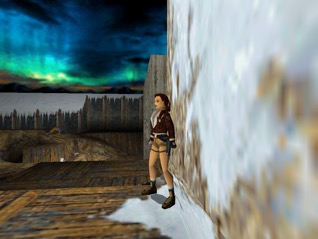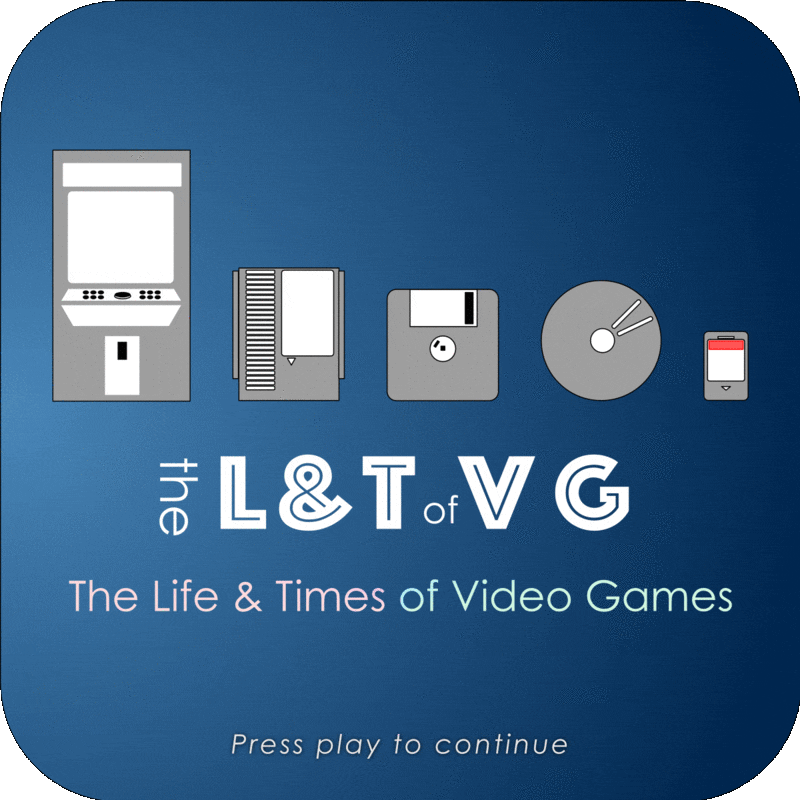andy sandham
The Tomb Raider grid (remastered)
To celebrate the 25th birthday of my favourite game franchise, I thought I'd pull out the old Tomb Raider grid episodes from Season 1 and merge them into one. I also put some time into cleaning up the audio, though it'll still sound rough compared to newer episodes — given the lower-fidelity recordings I was using then. Here's the original episode description:
 Every aspect of the original Core Design Tomb Raider series (and by extension the franchise's success post-Core) comes back to the grid that lies beneath it — the majority of the puzzles; the platforming; the cavernous chambers and ruins and outdoor areas that provide a sense of isolation, of solitude and discovery; and Lara Croft's iconic acrobatic movement style. And yet it never would have happened if not for one pragmatic choice made by a programmer early in the game's development.
Every aspect of the original Core Design Tomb Raider series (and by extension the franchise's success post-Core) comes back to the grid that lies beneath it — the majority of the puzzles; the platforming; the cavernous chambers and ruins and outdoor areas that provide a sense of isolation, of solitude and discovery; and Lara Croft's iconic acrobatic movement style. And yet it never would have happened if not for one pragmatic choice made by a programmer early in the game's development.
This is the story of how that came to be, and how it made Tomb Raider…well, Tomb Raider, based on interviews with Heather Stevens (née Gibson) and Gavin Rummery as well as my past work covering Tomb Raider's history as a freelancer. The second part, which was originally a separate release, also includes discussion of the place that such a grid system has — or might have — in game design today.
See full show notes and episode player…

This is the story of how that came to be, and how it made Tomb Raider…well, Tomb Raider, based on interviews with Heather Stevens (née Gibson) and Gavin Rummery as well as my past work covering Tomb Raider's history as a freelancer. The second part, which was originally a separate release, also includes discussion of the place that such a grid system has — or might have — in game design today.
See full show notes and episode player…
8 - The Tomb Raider grid (part 2)



